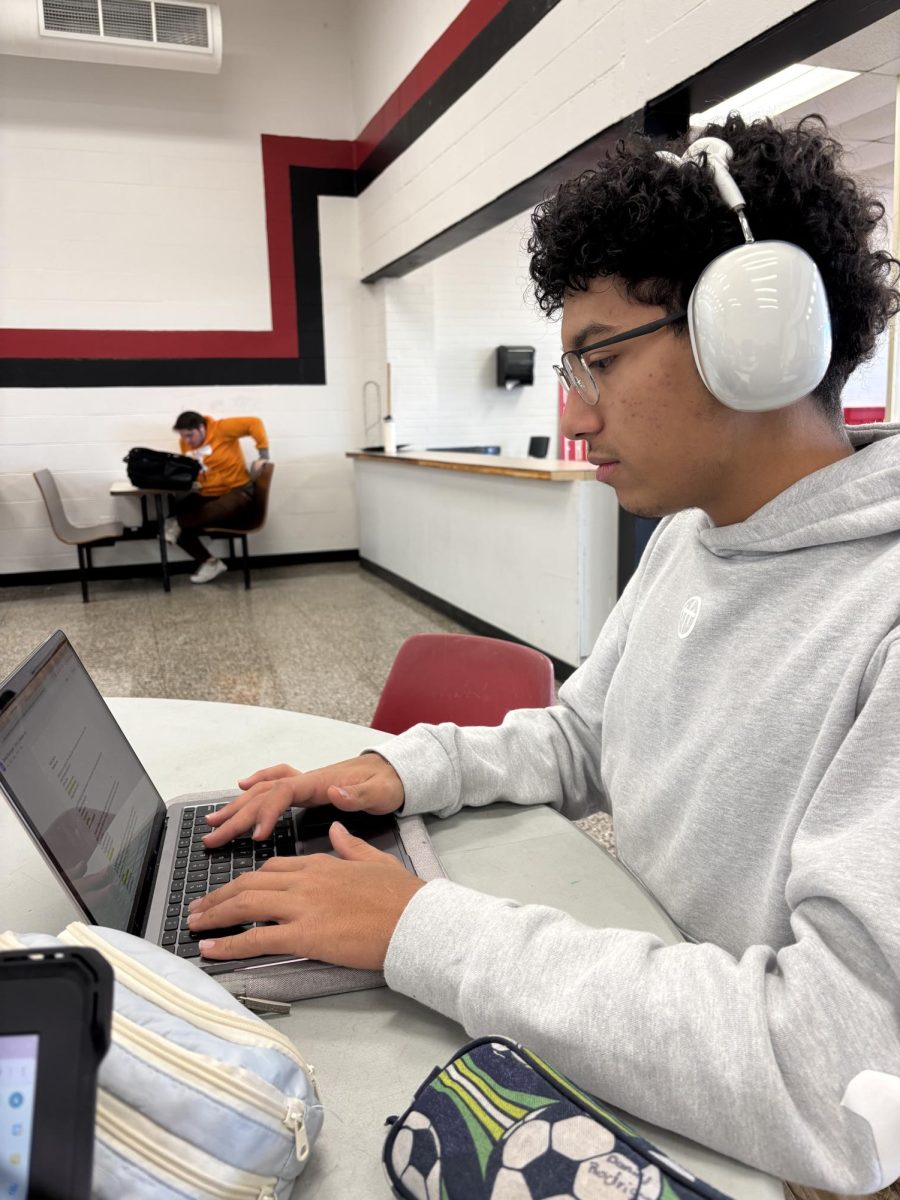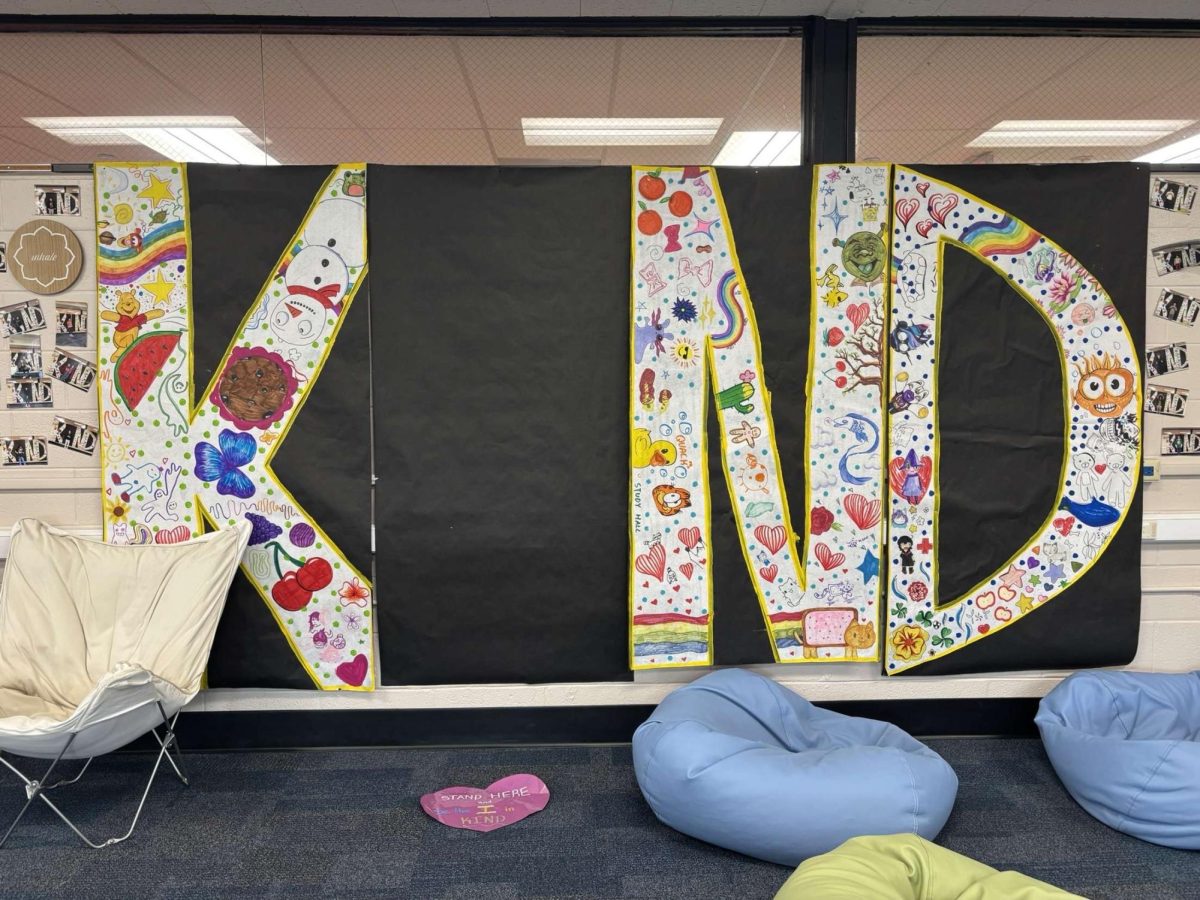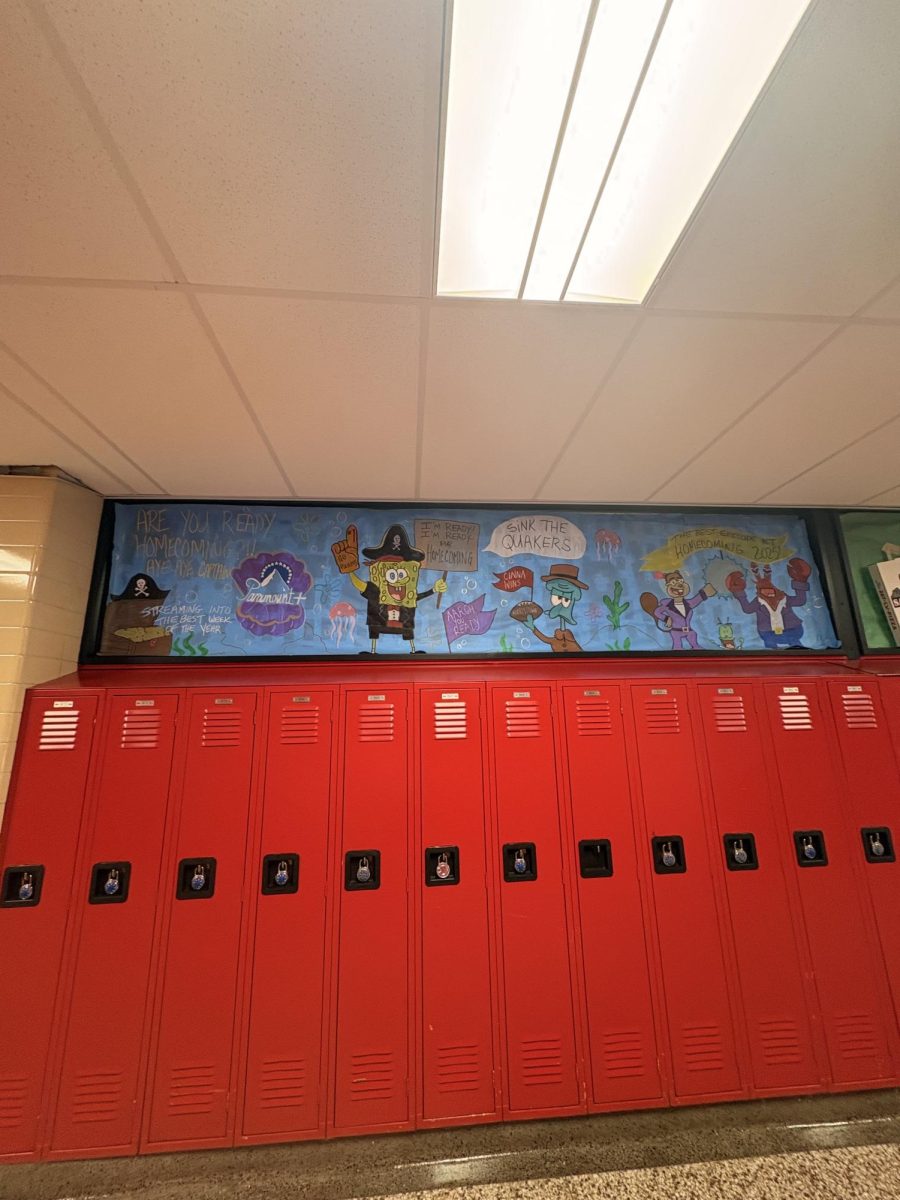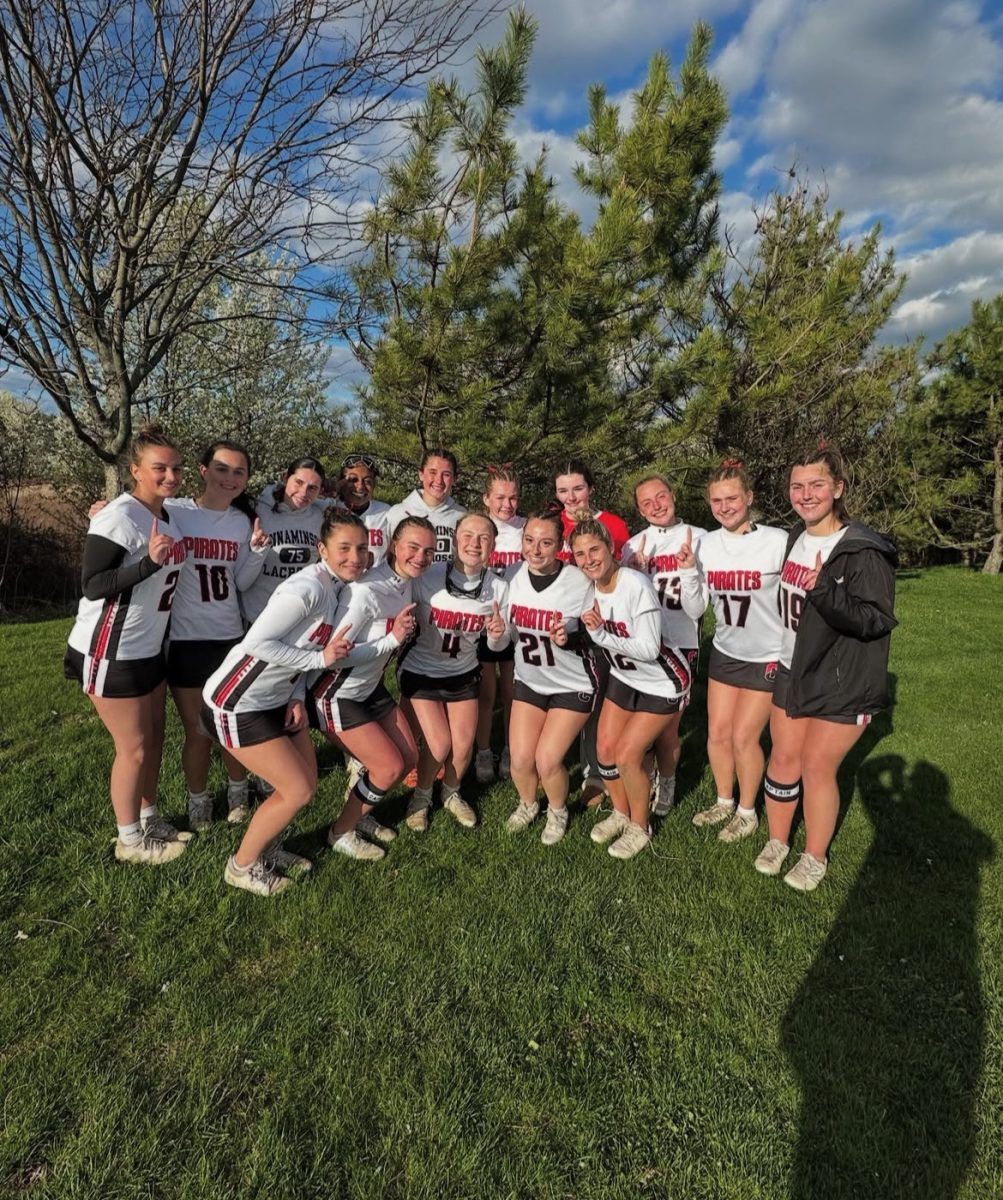Following a brief break, students will return to using Turnitin.com this school year as a platform to submit essays in their English classes. Its comeback, motivated by teacher feedback, uses advanced artificial intelligence plagiarism detection and other techniques to boost academic integrity and further develop students’ writing abilities.
While Junior Daniel Rodrigues has not yet tried the platform, he knows it is inevitable.
“How often do I use Turnitin.com? Not often because with it being a recent website that has been reinstated to our English curriculum, teachers haven’t really enforced it yet because we’re so early on in the year,” Rodrigues explained.
However, he noted that the platform holds great potential.
“It can detect AI, it can detect plagiarism, or other students trying to cheat off their peers,” Rodrigues said. “It can actually help teachers see where their class is and what skills need to be improved.”
Rodrigues emphasizes how Turnitin.com plays a crucial role in promoting academic honesty.
“I do think Turnitin.com has improved academic honesty because students are afraid of any type of punishment if they were to cheat,” he said. “Turnitin.com can easily detect it, so this would 100% improve academic integrity.”
He added that although he believes in the platform’s accuracy, teachers should not rely solely on the tool when evaluating student work.
“They have to hear out the student as well… teachers should evaluate the students’ work without Turnitin.com first before making their final judgment,” Rodrigues said.
As a junior taking Accelerated World Literature, Rodrigues said teachers using Turnitin.com deters students from using shortcuts like AI.
“Knowing my work will be checked by Turnitin.com will stop me from trying to use AI or any type of cheating methods to complete an assignment quickly. I will take my time and ask for the teacher’s help,” he concluded, noting how the platform pushes him and potentially other students to improve their writing skills.
Director of English Language Arts Instruction Kristin Melcher shed light on the history and reasoning behind Turnitin.com’s return to the district.
“Turnitin.com was utilized by English teachers for a number of years at the high school. They had a contract with this company up until 2021, but due to funding, they unfortunately lost it as a resource,” Melcher explained. “When I came into my position, one of the first questions I asked teachers was, ‘What are your needs? Is there anything I can do to support you?’ Overwhelmingly, I heard that I should get Turnitin.com back into their repertoire.”
Melcher emphasized that the platform is more than just a plagiarism detector; it’s also a teaching tool for students.
“The goal is that we teach students how to write in an academic setting with responsibility… This tool helps students prepare not only for the demands of high school but also college,” Melcher said.
In preparing students for beyond high school, Melcher wants students to understand how Turnitin should be viewed as a tool rather than as an enemy.
“They don’t want to be known as the ‘plagiarism police.’ The rep I met with said, ‘It’s not a gotcha tool, it’s a taught ya tool.’”
As for how it works, Melcher explained that students submit their final work to the platform using their Google credentials. The website, which functions like a virtual drop box, allows teachers to utilize originality detectors while still providing feedback and assessing the writing.
“The teachers still have the job of providing the feedback, assessing the writing, and giving it a score,” she said.
World Literature teacher Gwynne Perekupka described how she plans to use Turnitin.com in her classroom. While she says she won’t use it for every assignment, it will play a crucial role in major assessments.
“I’ll use it for major essays. For smaller assignments, I do a lot of in-class writing, just so it cuts down on the issue of plagiarism, AI, and all of that,” Perekupka said. “But I will be using it for the research paper, the rough draft, and the final draft. Then for formal essays.”
Perekupka emphasized the importance of teaching students how to avoid plagiarism, highlighting the role of common sense and citations.
“We talk a lot about using best practices, and a lot of it, not always, but a lot of it can come down to just common sense. I have juniors, so I think by the time they are juniors, they kind of know… ‘Okay, am I pulling too much from somebody else that I’m not putting it in my own words?’ Or ‘Should I be citing this?’ So we spend a lot of time going over citing things properly. Again, there’s nothing wrong with using another source, it’s just a matter of making sure you cite it, so we spend a lot of time in class going over how to give credit to those sources and how to do that properly.”
She also addressed the concern some students have about their work being stored on the platform.
“I mean, anything can be hacked these days, right? So there’s always a risk whenever you’re putting anything online. Turnitin.com has been around for a long time, so I would assume they have good practices in place for keeping the work secure. I’ve been out of college now for almost 20 years, and I was using it more than 20 years ago, so I feel like they’ve been in the game for a long time and know what they’re doing in terms of security.”










